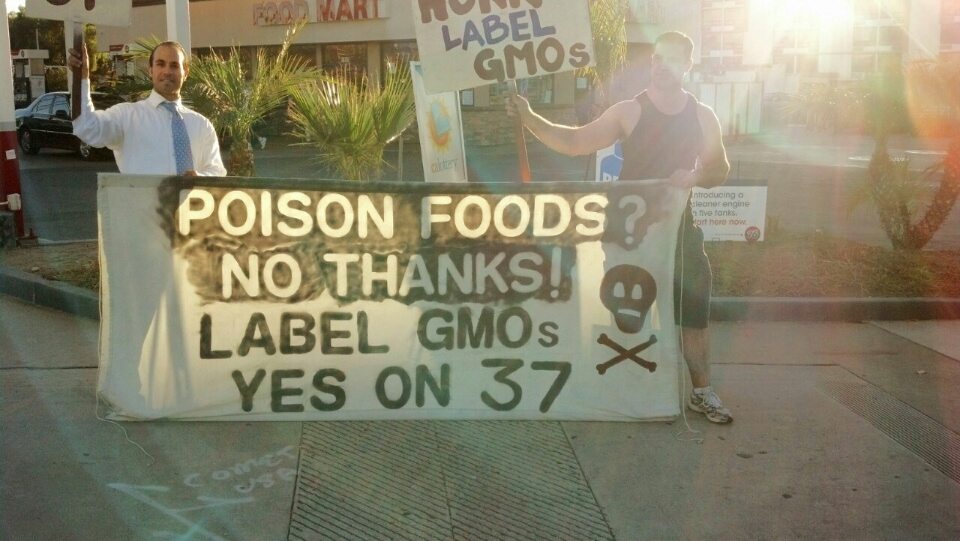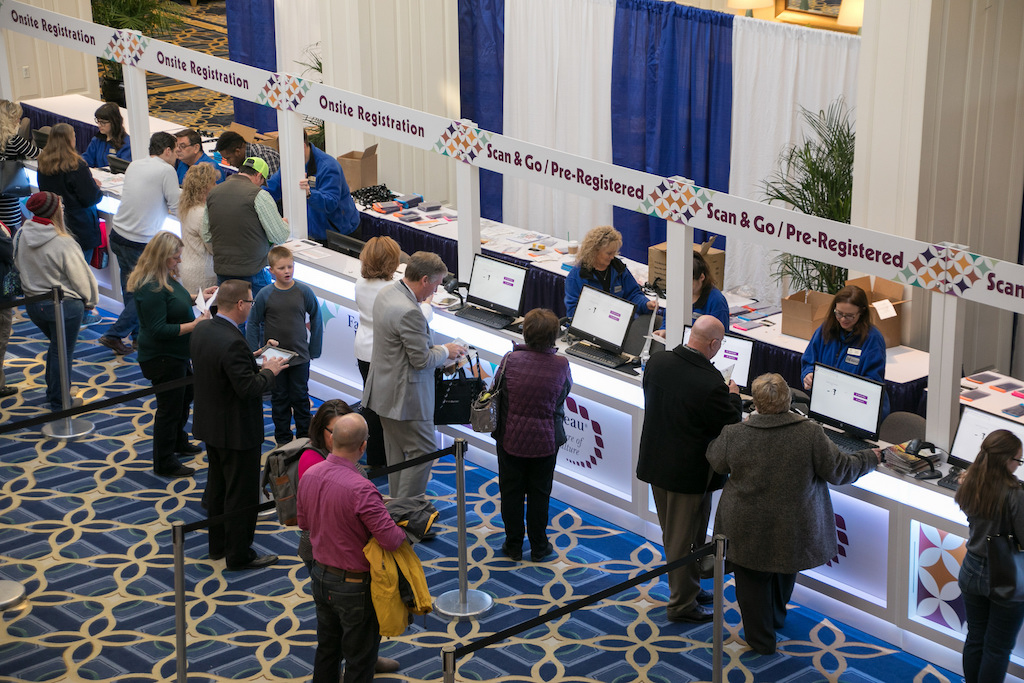Last week, something unusual happened: A group of United States senators talked about soil health. During the Senate Agriculture Committee’s climate change hearing, the first such public discussion in a decade, a soybean farmer named Matthew Rezac told them why keeping healthy soil—not just reducing greenhouse gas emissions—was a key part of what farmers could do to cool a warming planet.
“What we are doing with soil health can help with weather variability and make my farm more resilient at the same time,” he said. “We might not always see it or talk about it as a climate issue. I know the weather is changing, but I try to control what I can control.”
But despite the historic significance of Rezac’s federal testimony, the real legislative action on soil health is happening in the states.
Already this year, state lawmakers across the country have introduced 39 soil health bills. Overall, in the past two legislative sessions, 250 soil health bills have been introduced in statehouses and Washington, D.C., representing a surprisingly broad momentum for what was once a fringe movement, according to a recent analysis by the Union of Concerned Scientists (UCS). The bills look a little different from each other, and all have different justifications, but they all focus on soil health.
As climate change has come to the fore, so has the notion that farmers can help pull carbon dioxide out of the atmosphere and store it in their soil. This is done essentially by growing more, and doing less to disturb their fields—a practice known broadly as regenerative agriculture. Planting trees, cover cropping, no-till farming, and rotational grazing were once in the relatively niche purview of environmental activists and advocates. But as epochal floods and droughts sweep farmland away, the notion that those techniques could actually help keep the land together—and make for more productive farming—is picking up steam.
What’s interesting is how the language and goals of those bills subtly shift once they move away from the coasts and towards the Heartland. New York and Washington, for example, are currently considering carbon farming bills—a term that refers to the sequestration of carbon dioxide, and which is most readily apparent in the form of permanent vegetation. But Nebraska, citing the costs saved on less irrigation and fertilizer, recently established a “healthy soils” task force that would coordinate a statewide push for cover cropping, among other strategies. The bill to establish a task force does not mention climate.
“In Hawaii and California, you’ll see soil health-related bills that are more focused on carbon sequestration, or name that term more frequently. The middle part of the country, you don’t see that word pop up as much—it’s more soil health, productivity, yield, related to water,” says Mike Lavender, senior manager of government affairs in UCS’s food and agriculture division. “Call it what you want. If we’re promoting healthier soil, from our perspective, that’s the bottom line.”
None of this is new, exactly. National Resources Conservation Service (NRCS), the federal agency that’s in charge of promoting practices like cover cropping, was formed in the wake of the Dust Bowl as the Soil Conservation Service. Back then, farmers weren’t thinking about sequestering carbon to stop global warming—they just wanted healthy soils. A large part of what’s behind the recent legislative snowball, Lavender says, is the increasing awareness of how soil health is related to climate change. Suddenly, perhaps, the soil health conversation has a new urgency.
Though all of this legislative action may seem like an inevitable development, Lavender finds it notable that it’s happening predominantly in statehouses. Usually, UCS pushes legislation federally, but an administration that’s indifferent at best to climate change has essentially trapped that enthusiasm at the lower level—the result of a grassroots push that’s now gained traction with the issue of climate change, and destructive weather, essentially forcing the issue.
Part of the challenge behind pushing soil health bills is that the strategies behind it, like cover cropping and no-till farming, are actually discouraged by the federal government due to crop insurance policies, as we’ve reported. Furthermore, it flies in the face of decades of established wisdom about how to farm.
“You’re asking people to basically admit that they’ve been doing it wrong for 20 years,” says Ryan Stockwell, director of sustainable agriculture for the National Wildlife Federation, another group that advocates for healthy soils. “That’s the first knee-jerk reaction that they’re going to have. That’s how we all are, to some extent. And then farmers are just that much more sensitive to it, because all of our rough drafts are out there for everybody to see,” he says. (Stockwell plants cover crops on his corn and soy farm in Wisconsin, a state that hasn’t passed any healthy soil laws.)
Certainly, many of the healthy soil bills that have been sprouting up in legislatures may not actually pass—Lavender estimates only a dozen of them have so far. But what’s important to him is that it’s getting out there, a significant part of the national conversation. As Rezac the soy farmer said in his Capitol Hill appearance, the federal agency in charge of promoting sustainable agriculture is stretched too thin to provide farmers resources they may need.
But at least in some states, it has new allies.











